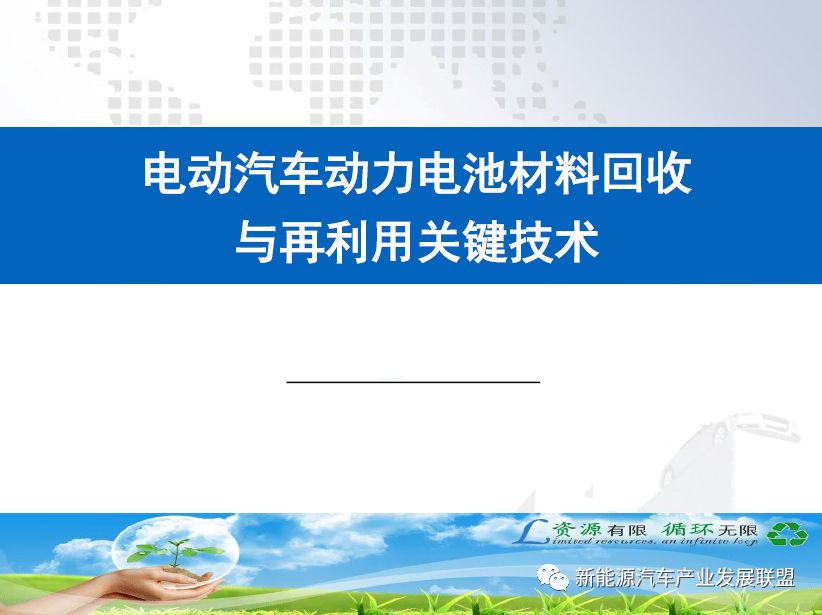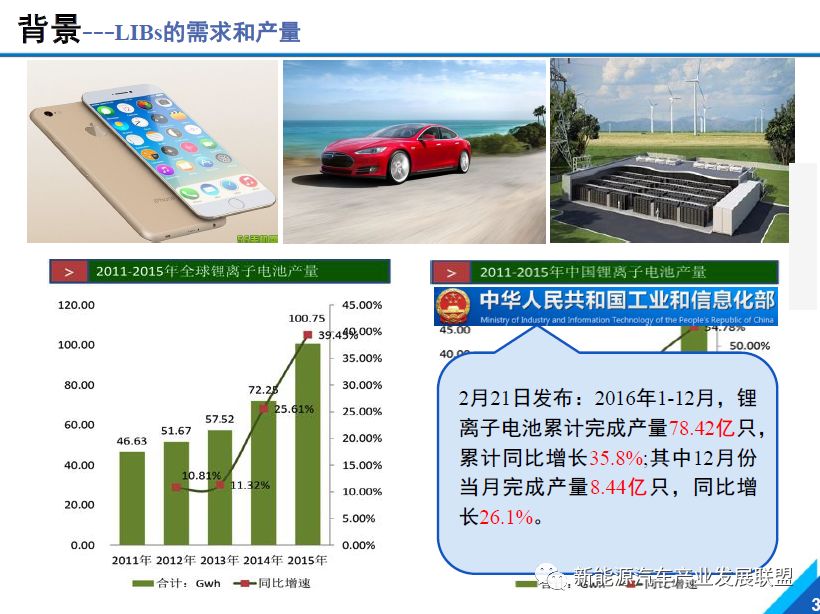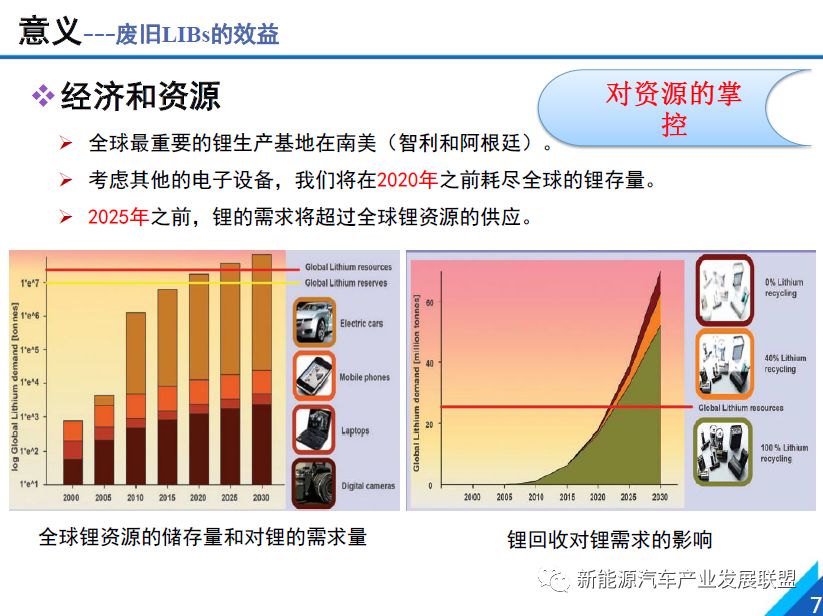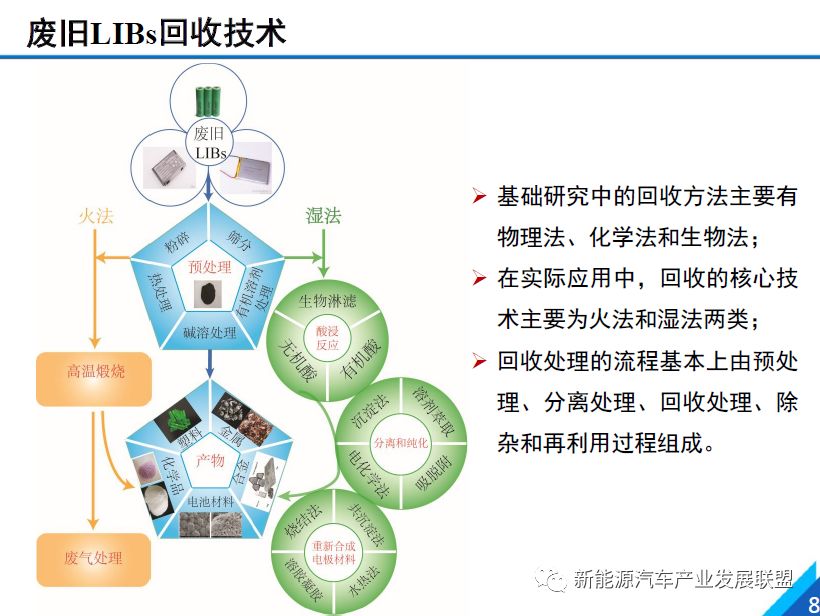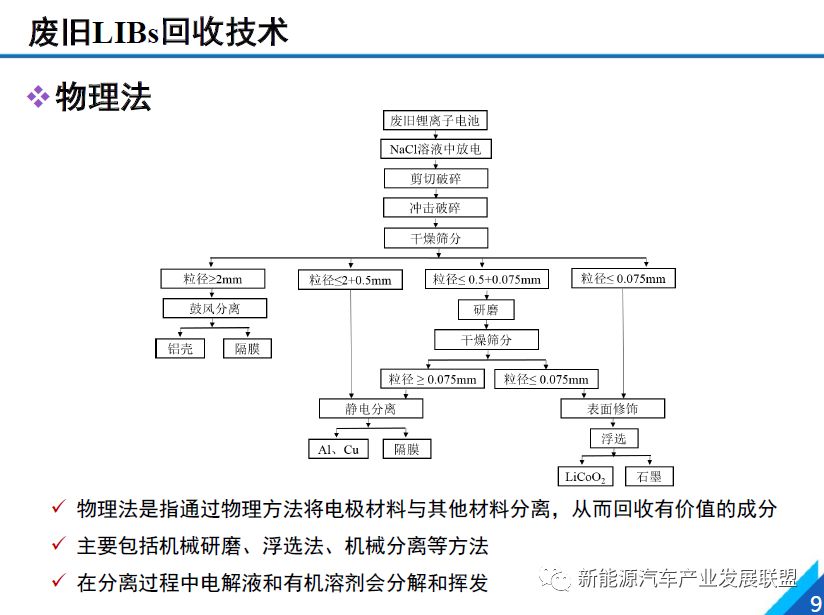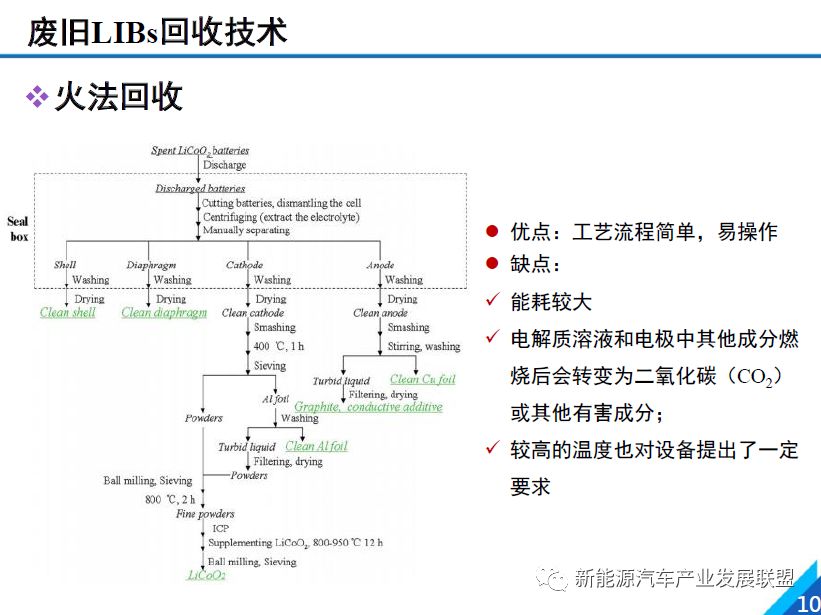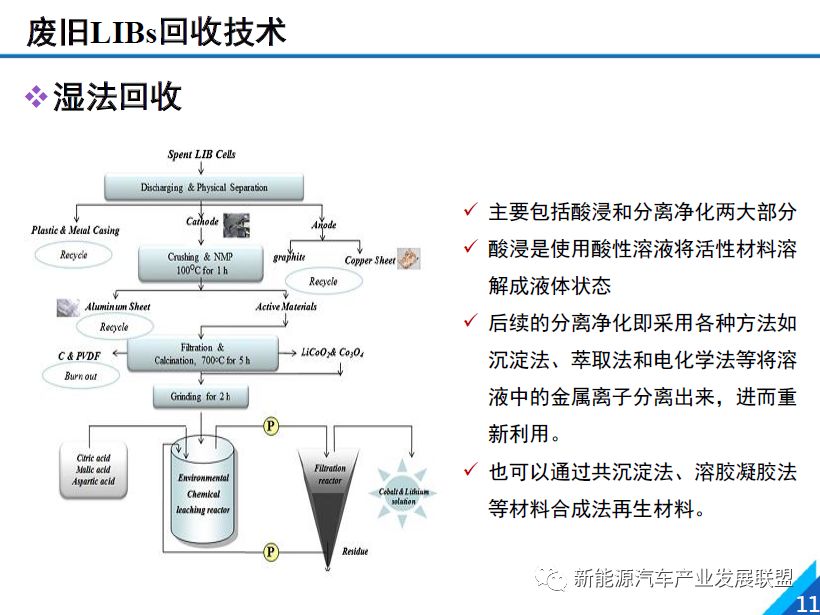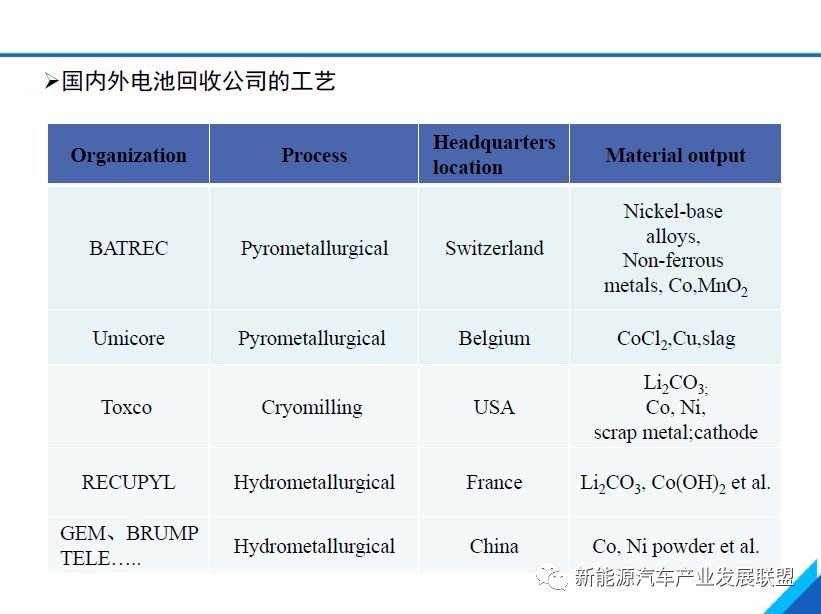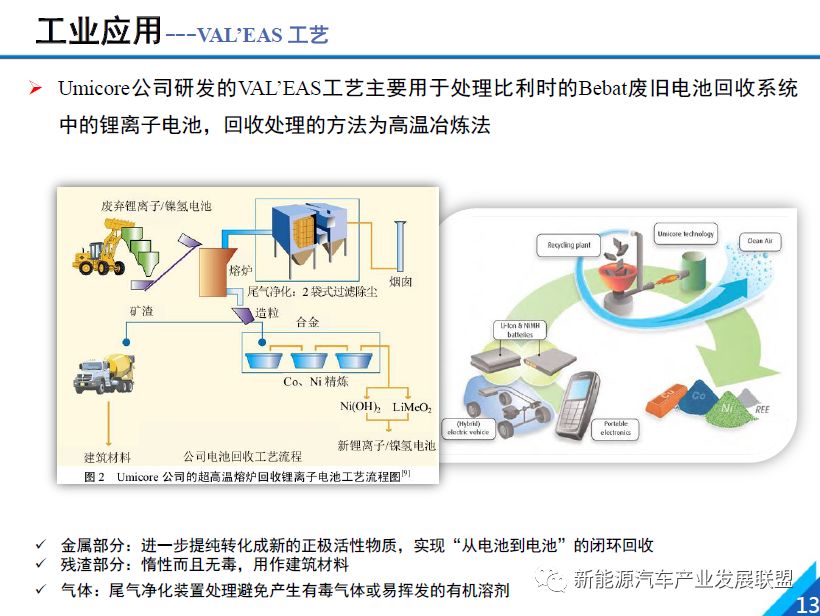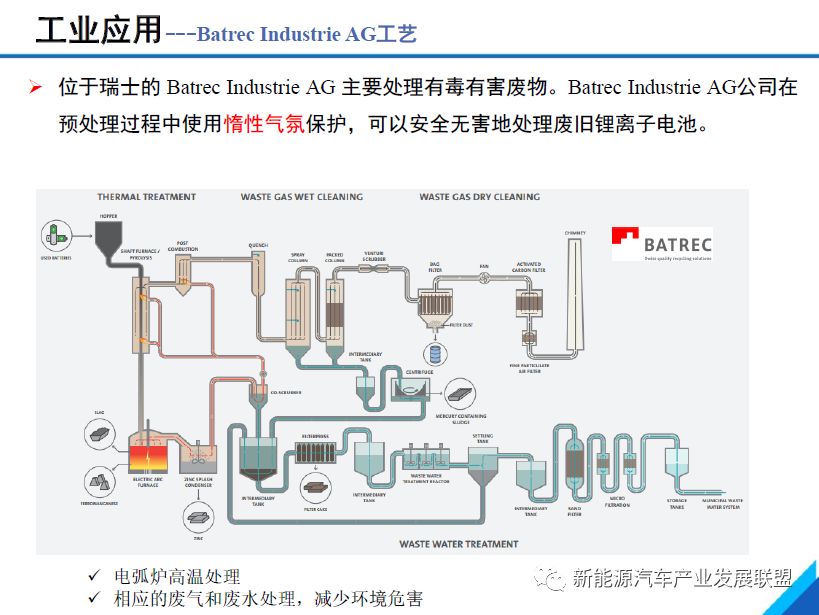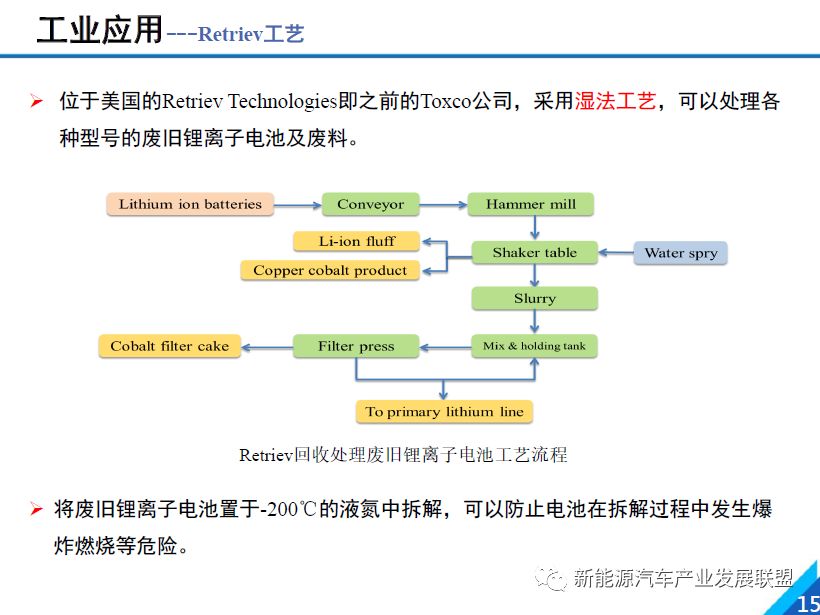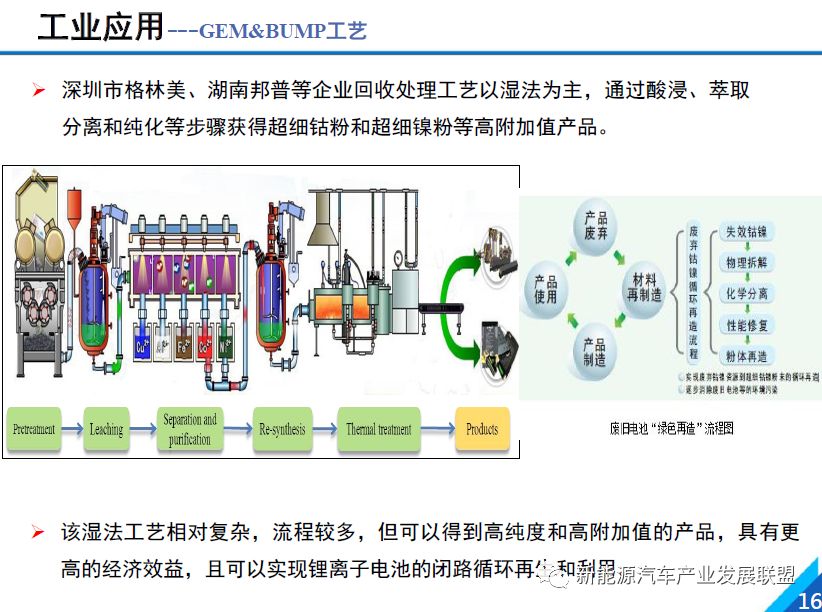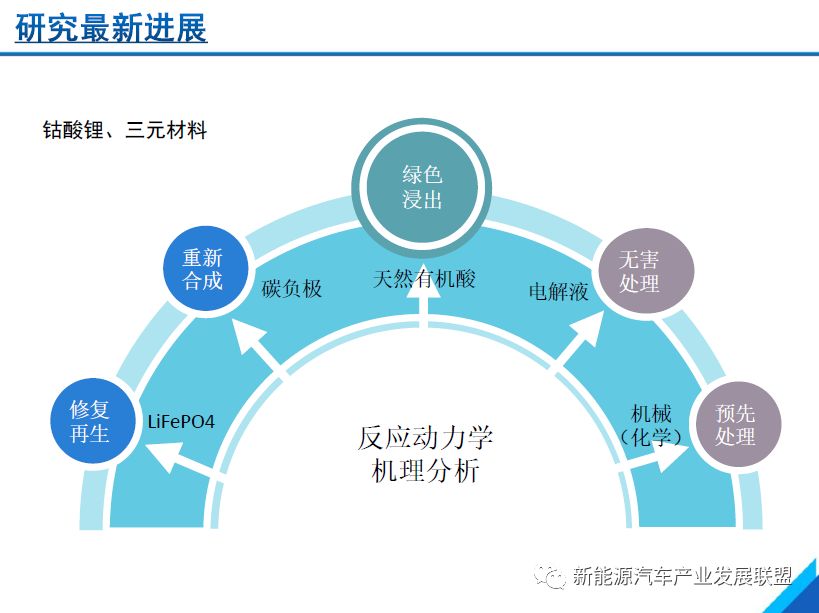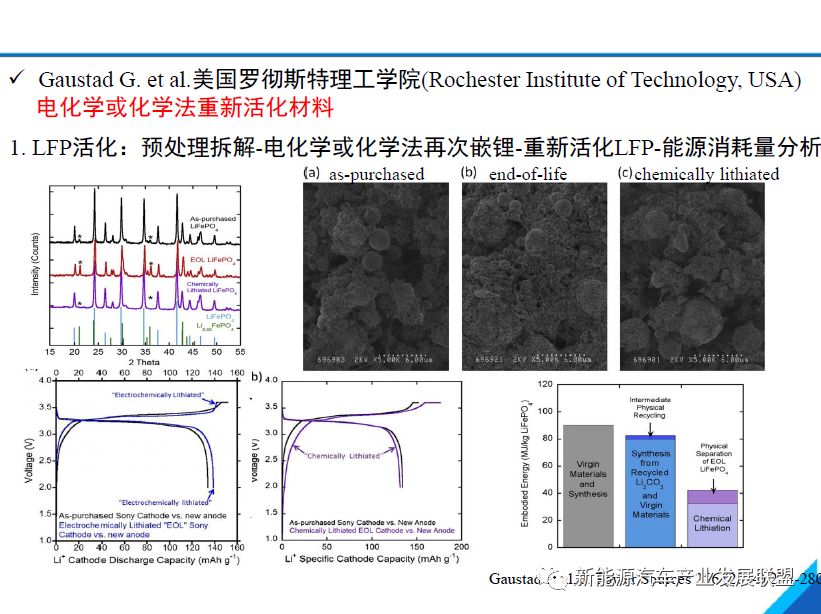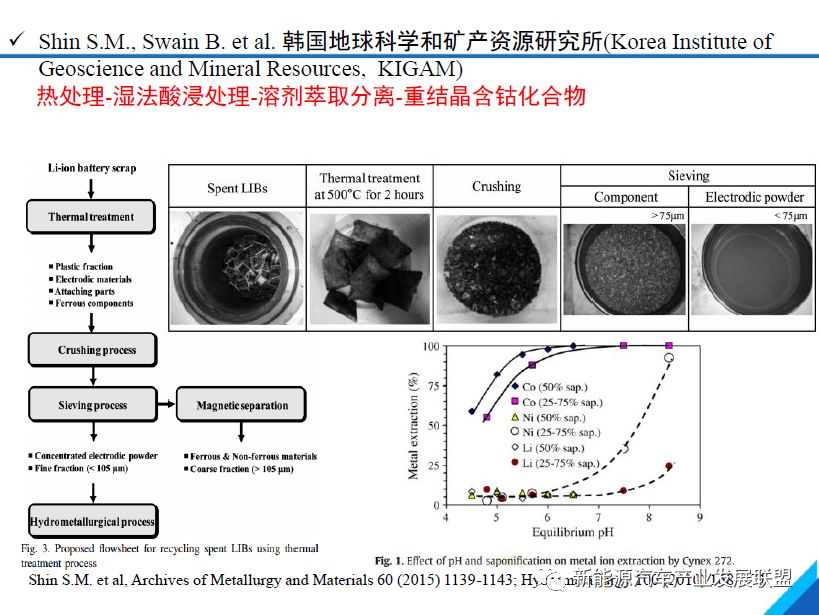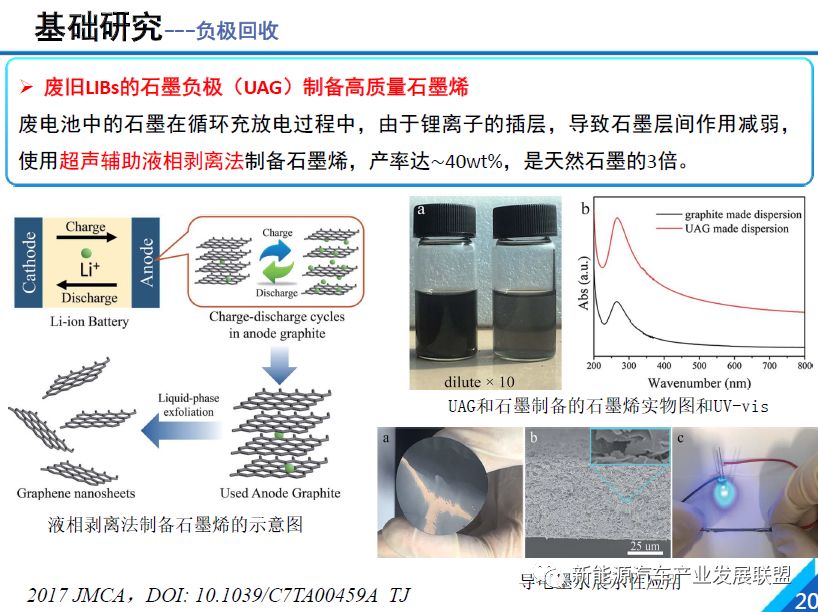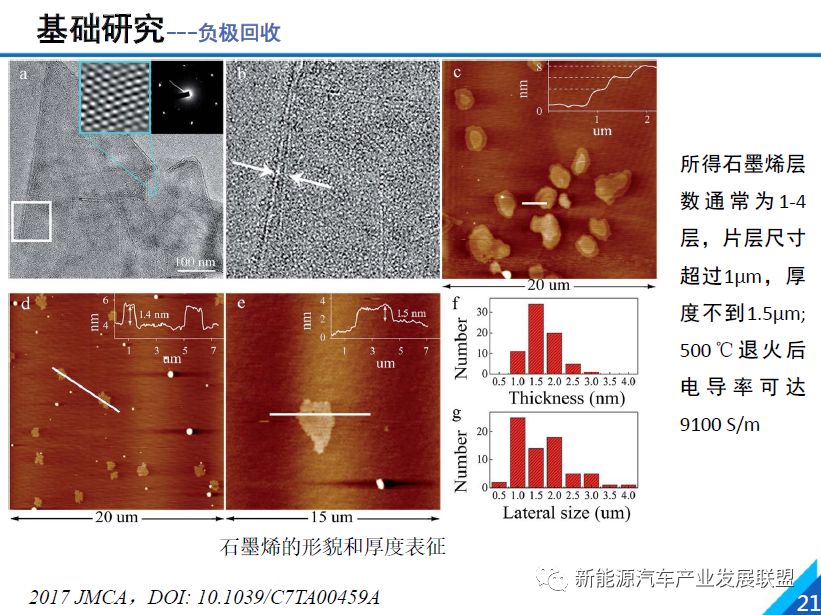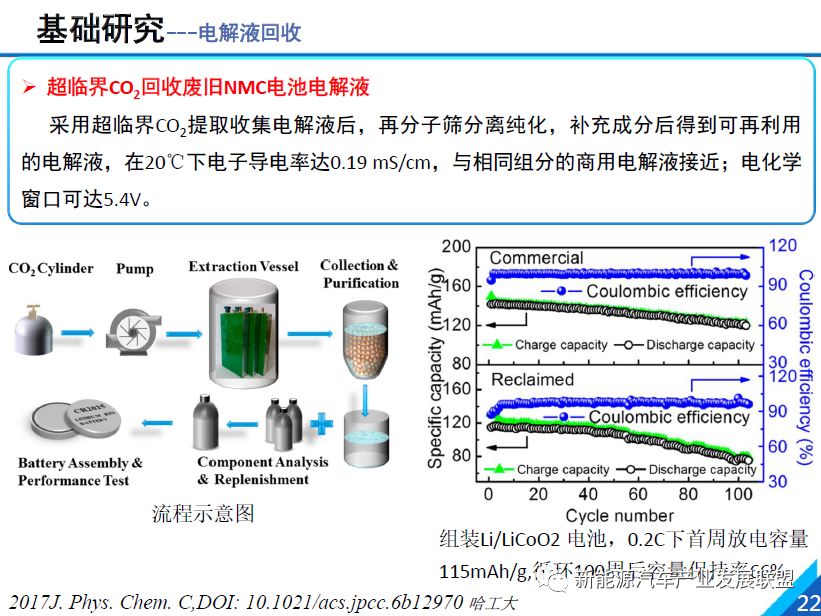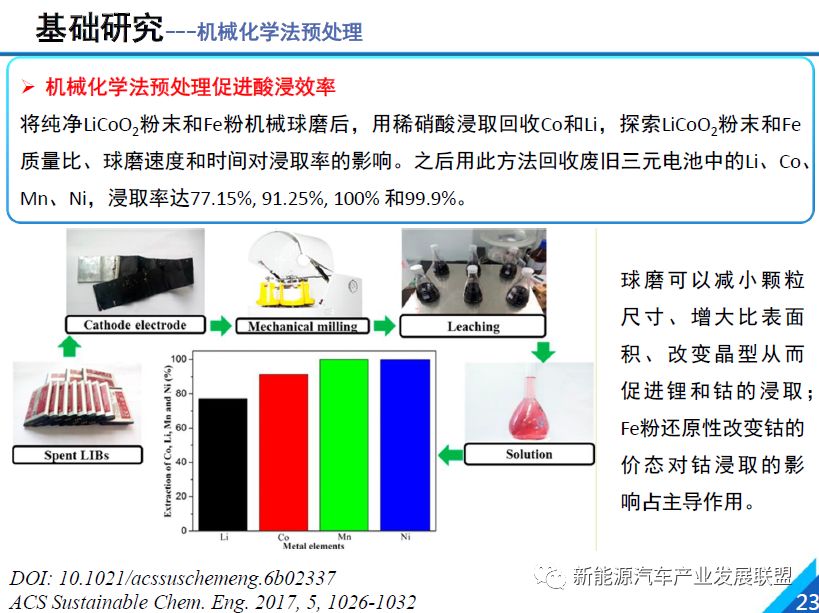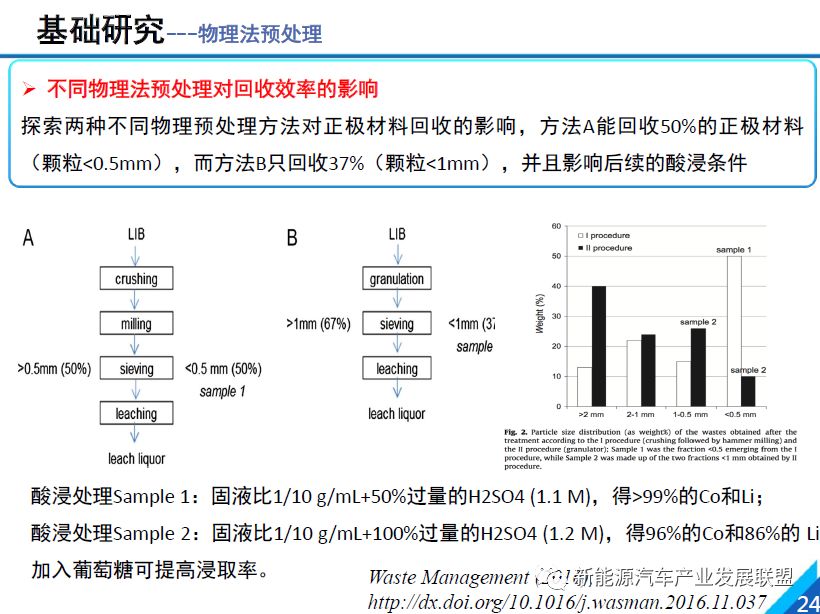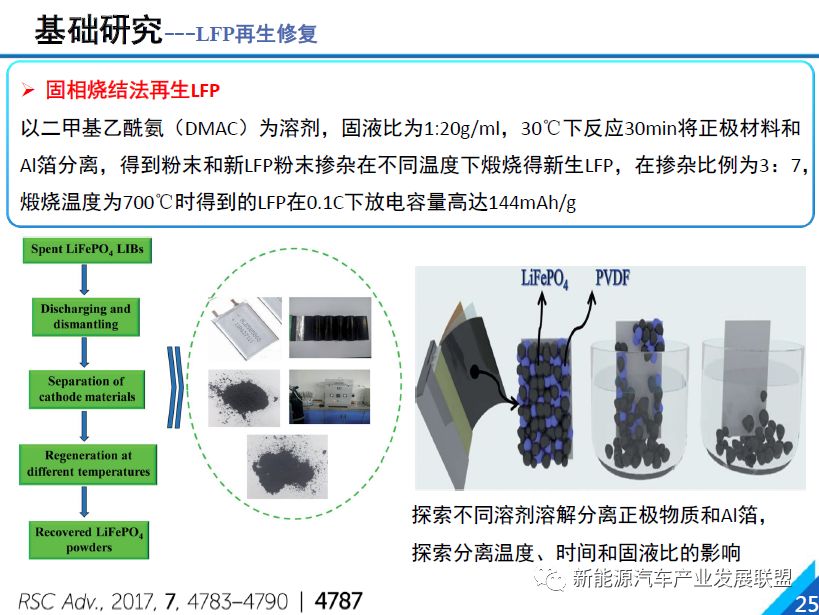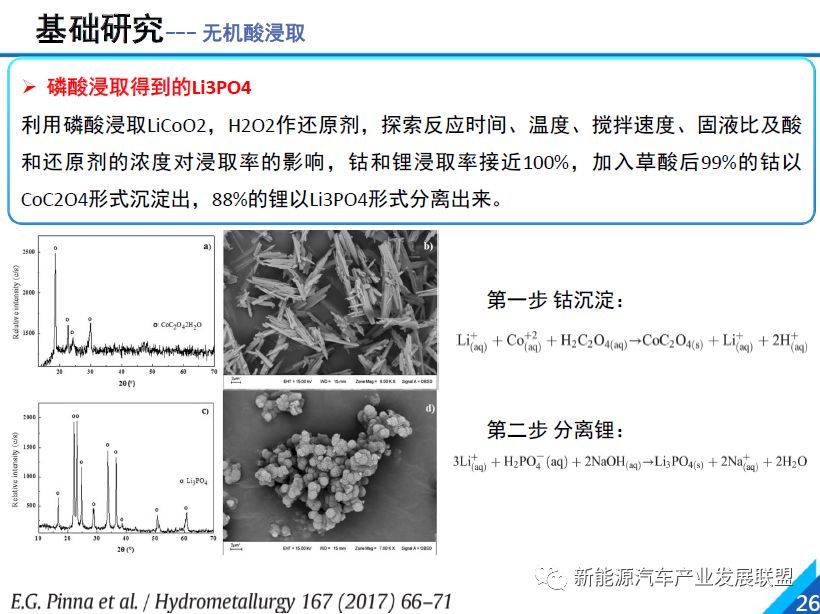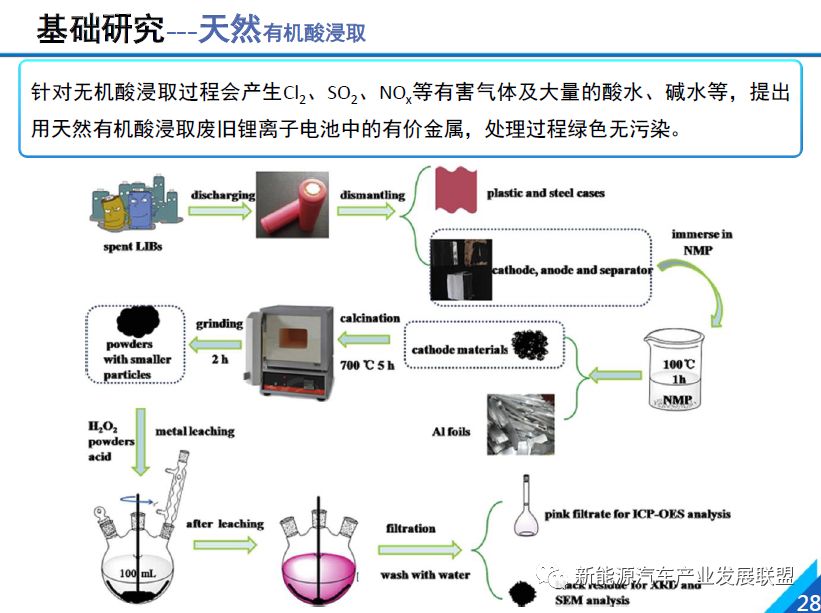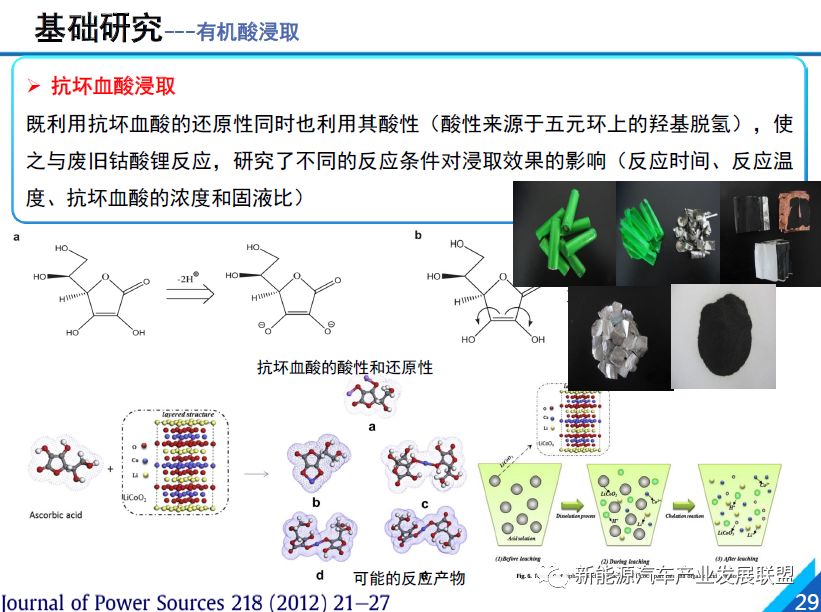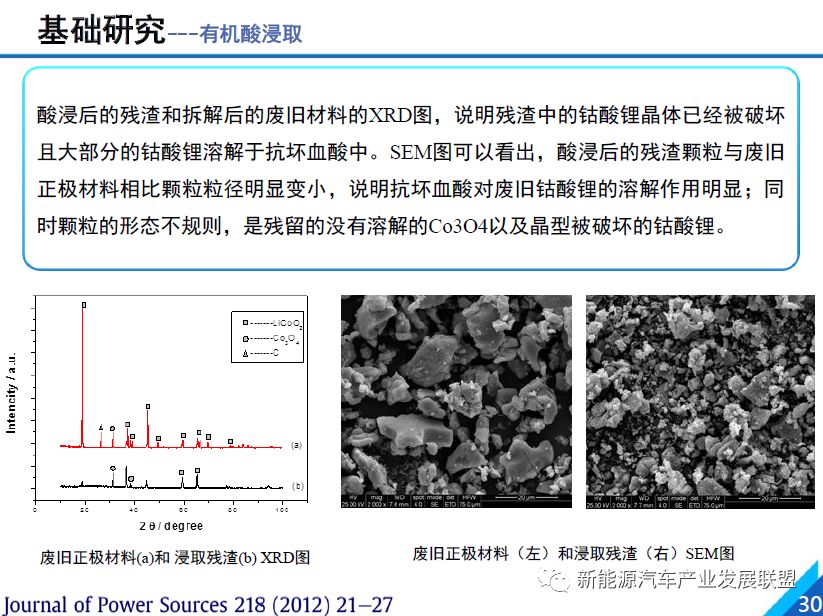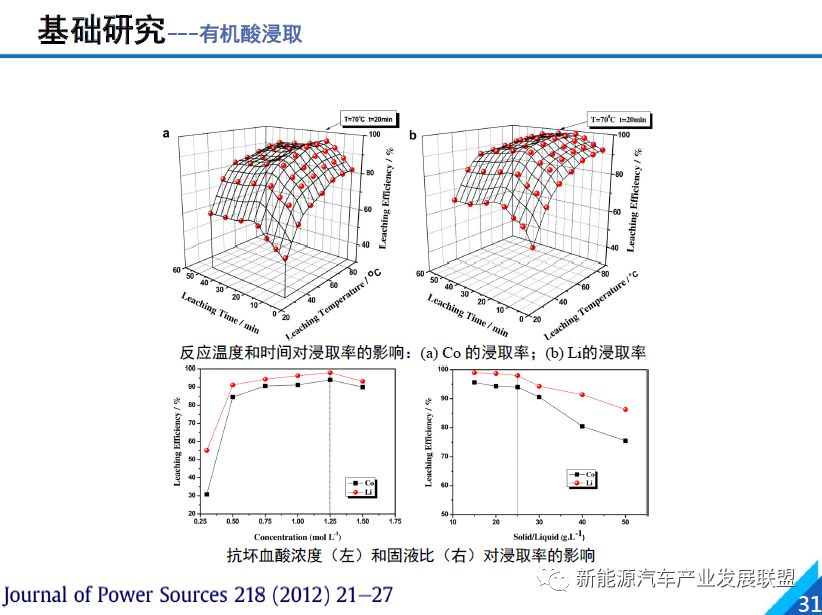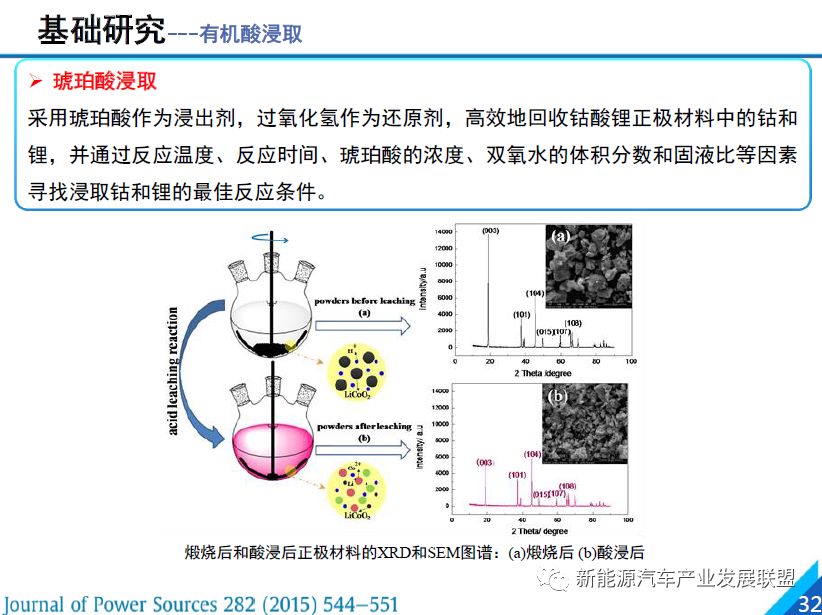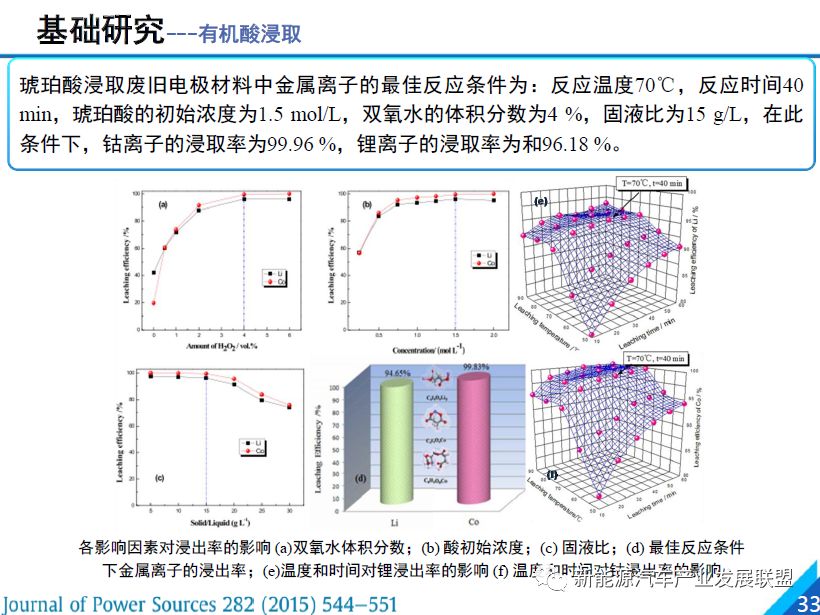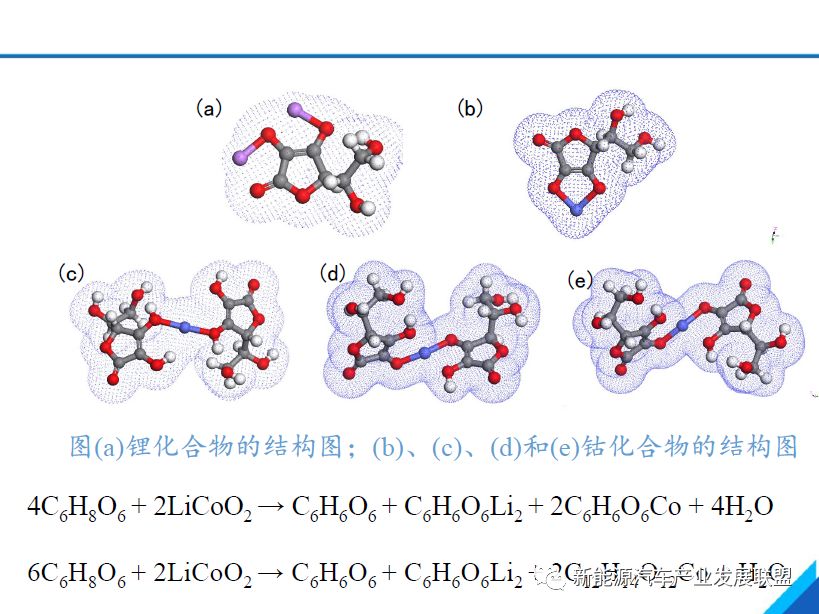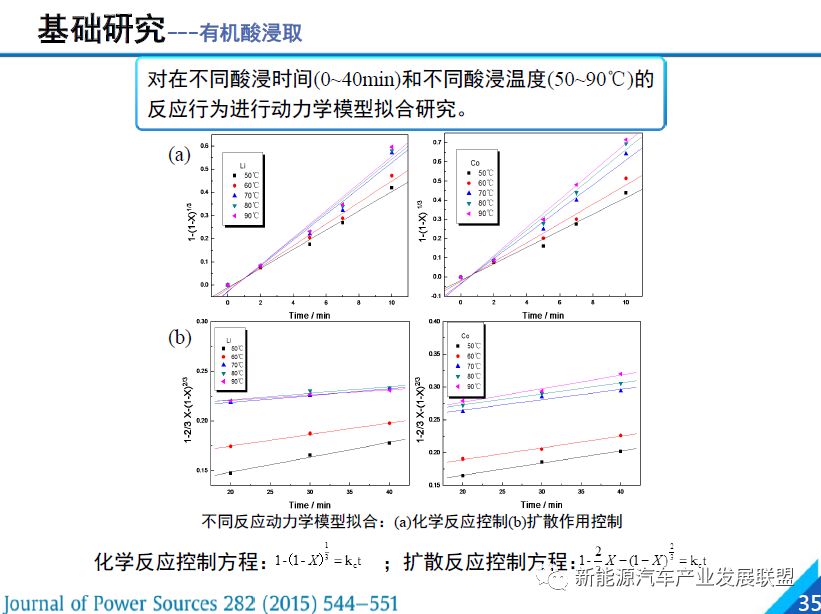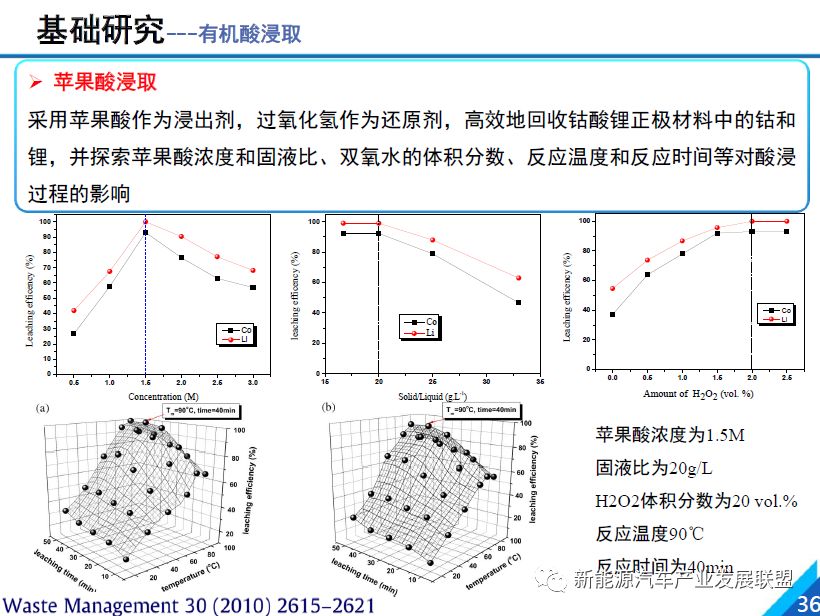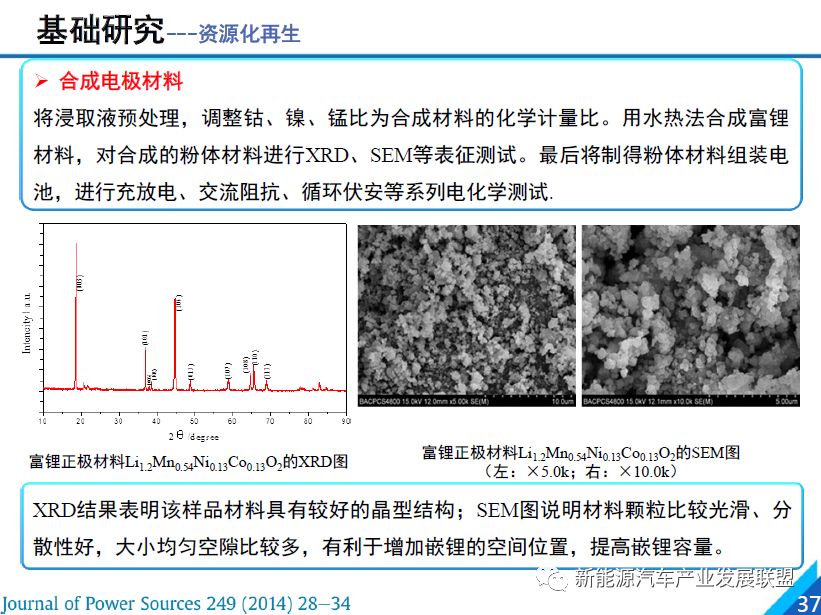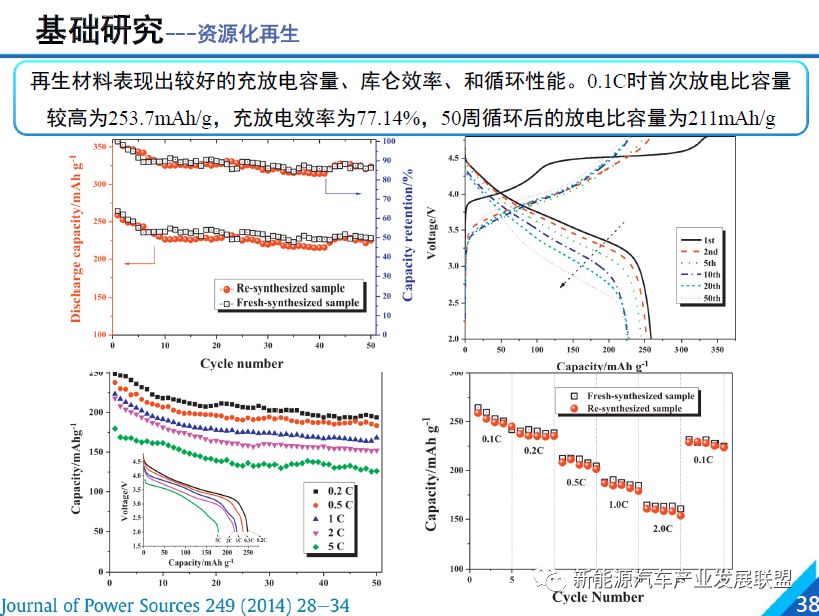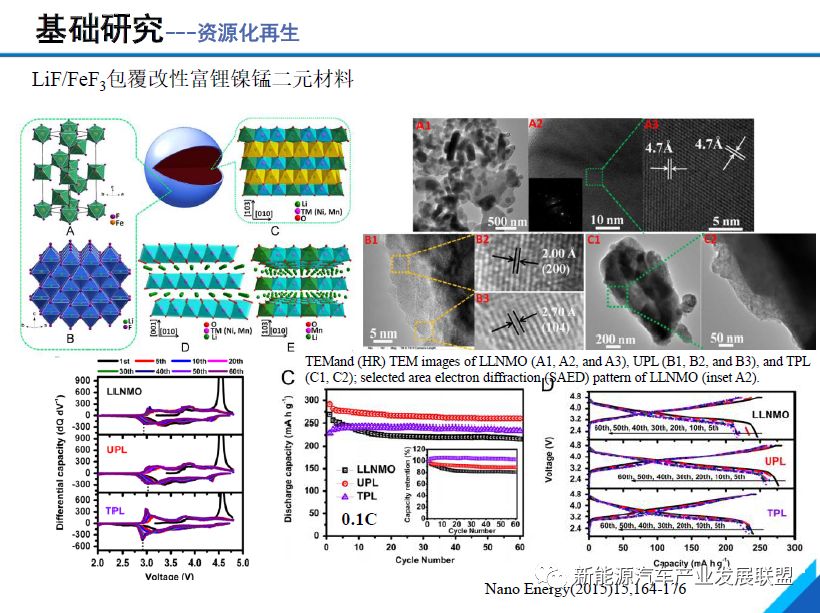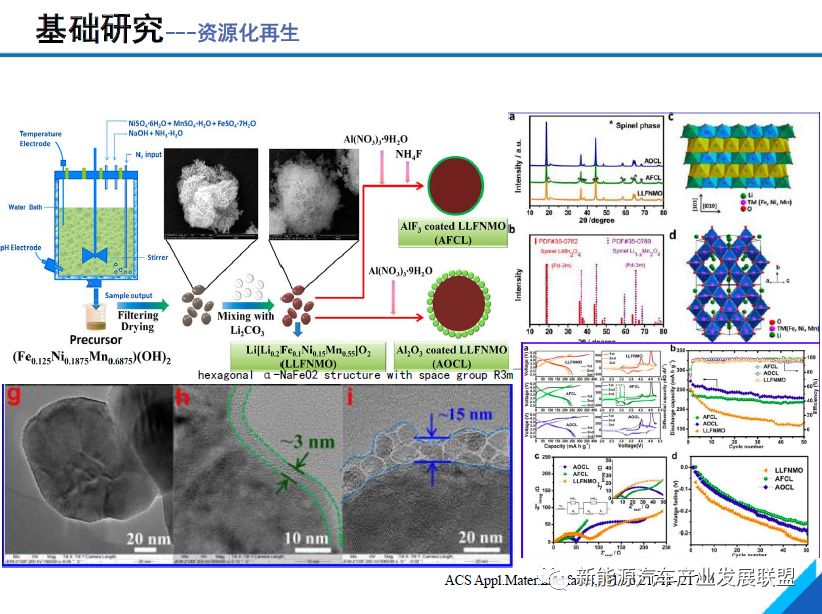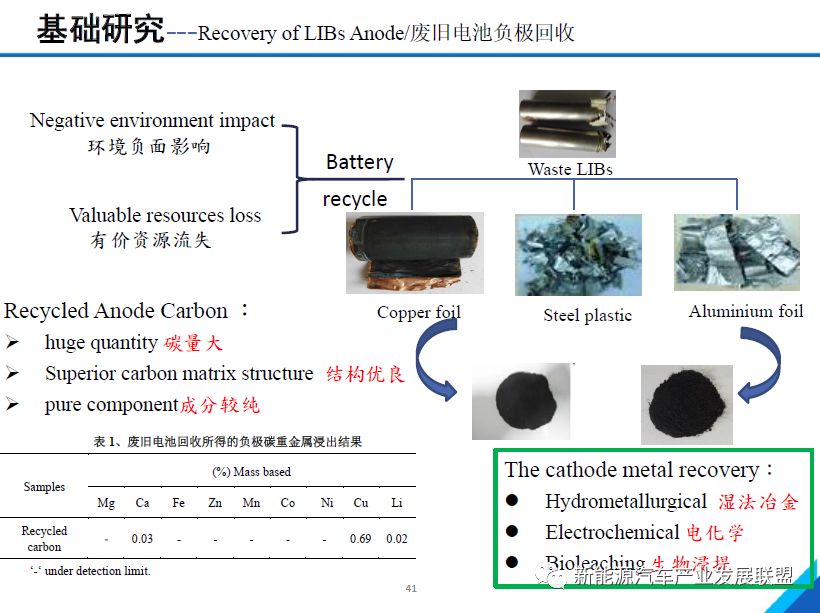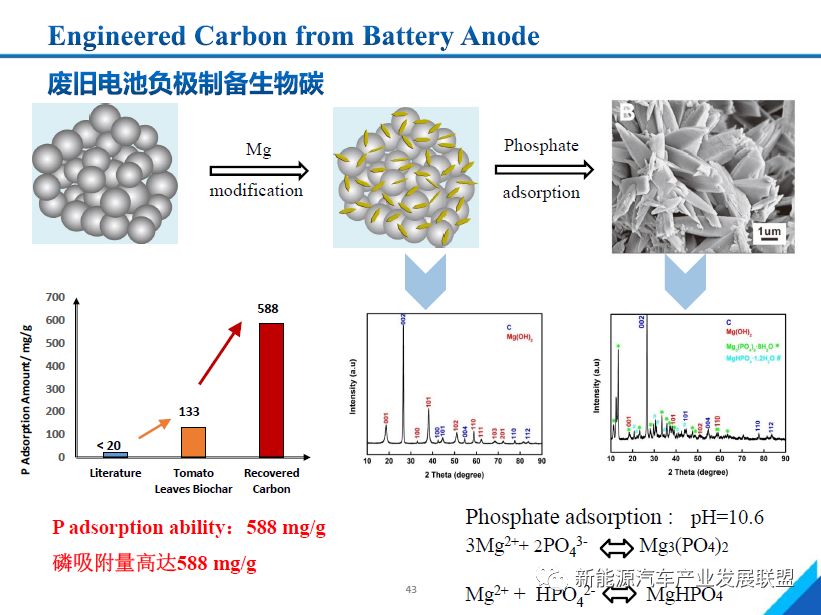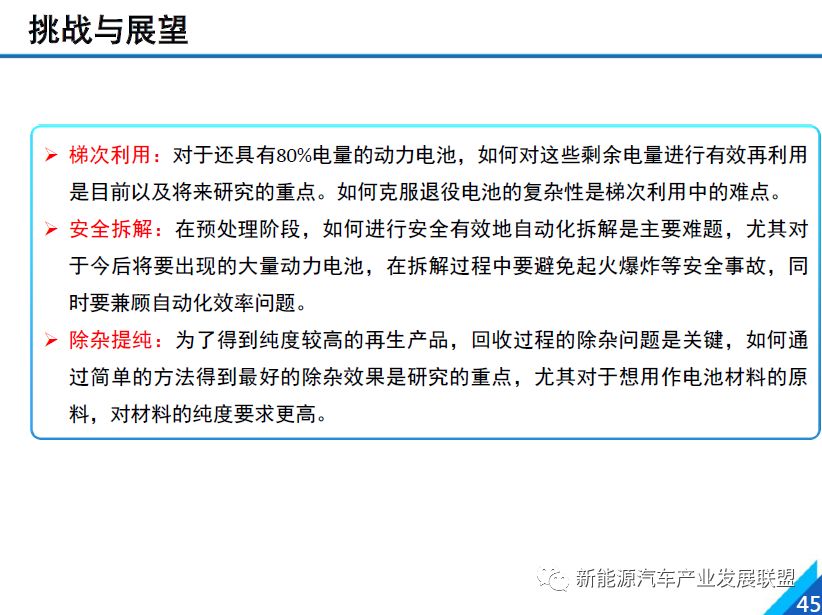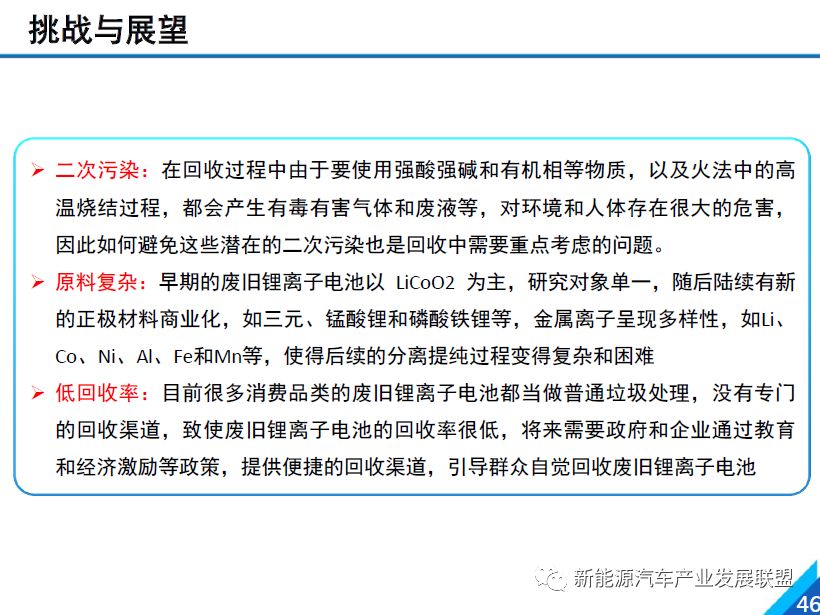Under the current situation of smog siege and PM2.5 repeatedly exploding, it is of great practical significance to develop and popularize new energy vehicles. The large number of decommissioned power batteries brought about by the new energy vehicle blowouts have triggered the industry's precautions. At the 3rd Council of the Resource Compulsory Recycling Industry Technology Innovation Strategic Alliance and the 4th Power Battery Recycling Seminar held in Beijing on November 8th, the participants discussed the future of decommissioned power batteries. New energy vehicles are developing rapidly "The development trend of new energy vehicles is strong. Regardless of the 'Twelfth Five-Year' or 'Thirteenth Five-Year Plan', new energy vehicles are a crucial period for China's transition from a big automobile country to a car power country," said former sincer general manager of Beiqi New Energy. "The sales volume of new energy vehicles should be 500,000-600,000 this year. According to the national plan, it is a very realistic number of new energy vehicles to reach 5 million by 2020." According to global market forecasts, the new energy vehicle market will enter the mature stage of the industry in 2030, and some countries, such as Germany, have announced that they will no longer produce gasoline vehicles after 2030. "Mercedes proposes that by 2025, 25% of production will come from pure electric vehicles, and all vehicle companies regard new energy vehicles as huge and potential markets with increasing potential." The core component of the new energy vehicle is the power battery. Liu Qiang, executive vice president of the China Materials Recycling Association and chairman of the Resource Mandatory Recycling Industry Technology Innovation Strategy Alliance, said that the new energy vehicle's scrapping standard for power batteries is that the battery capacity is less than 80%. This means that the power lithium battery will be replaced once every 3-5 years. In 2020, the power lithium battery of pure electric passenger cars and hybrid passenger cars will reach 170,000 tons, and the recycling of waste power lithium batteries has become the focus of the industry. Retired battery recycling potential According to Xu Shengming, a professor at Tsinghua University and vice president of Jiangxi University of Technology, there is a large market for recycling of power batteries. The value is reflected in the high content of rare metals such as cobalt and nickel. “The cobalt content in China's cobalt mines is only 0.02%, and the currently exploitable amount is only 40,000 tons. Recycling cobalt is an important way.†At present, 60%-70% of cobalt is used for battery production, while China's cobalt is heavily dependent on imports. If cobalt can be effectively recovered from decommissioned batteries, it will greatly alleviate the external dependence of China's rare metal resources. "Cobalt is an important strategic metal element and has a wide range of applications in industries such as hardness alloys and high-temperature alloys. With the development of China's aviation industry, especially the manufacture of large aircraft, its demand will be very strong in the next 10-20 years. Big room for improvement." Xu Shengming told reporters. Goldman Sachs expects that lithium carbonate demand is currently 160,000 tons per year, and every 1% increase in electric vehicle penetration will bring 70,000 tons of new lithium carbonate. By 2025, only the growth of the electric vehicle market is expected to drive the entire lithium market demand to reach 470,000 tons. "The huge lithium carbonate gap, even if you buy the lithium mines in Australia and Chile is not enough." Xu Shengming bluntly. Li Jinhui, a professor at Tsinghua University and executive director of the Basel Convention Asia-Pacific Regional Center, also expressed the same concern. With the development of new energy vehicles, "the lithium-cobalt support capacity is expected to be maintained until 2025-2028, when there will be no resources available in the country. But the resources have not disappeared, becoming part of the lithium battery and becoming other products. †Strengthening the recycling of decommissioned batteries has become a top priority. Liu Qiang suggested that the mechanism should be improved first. At the beginning of this year, the National Development and Reform Commission jointly issued the "Technical Policy for Recycling and Utilization of Electric Vehicles for Electric Vehicles", and proposed to further strengthen the guidance and standardization of the recycling of electric vehicles, and clarified the main body of battery recycling. Second, we must establish a standardized recycling channel, actively guide the power battery recycling enterprises, strengthen the recycling of used batteries, encourage the development of professional enterprises; again, research and development of key technologies, increase the dismantling and restructuring of used batteries Research, testing, life prediction and other research efforts to improve production reliability, improve efficiency in the process of dismantling and recycling, make the power battery recycling materials and reuse batteries economically viable and safe. According to Xu Shujie, Minister of Recycling Data of the Data Resource Center of the China Automotive Technology and Research Center, the Ministry of Industry and Information Technology is currently exploring ways to manage the recycling of power batteries for new energy vehicles. “There has basically been a plan, and it is still in the process of internal expert discussions. †Actively explore the use of ladders At the meeting, in the opinion of many experts, the decommissioned power battery has a large energy value, and it is not the most economic value measure for directly recycling resources. In Li Jinhui's view, "the power battery is not dismantled into chemical substances in the future. It is best to use it step by step and give full play to its role. In the recycling method, reuse can play a very important role." However, the use of decommissioned battery ladders is not as good as it might seem in practical applications. “There is a difference between the decommissioned battery cells, especially in terms of uniformity, which follows the barrel theory – the shortest board determines the actual capacity of the barrel, so the worst battery determines the performance of the entire energy storage system.†Interview Many experts have frankly told reporters. Ming Yuebin, general manager of Harbin Bartray Resources Recycling Technology Co., Ltd. pointed out that the main problems of the application of the ladder are that the battery specification standards are not uniform, the monomer consistency is poor, the management security risks, and the cost is high. In her view, the target market for the ladder power battery is distributed power generation and microgrid, FM auxiliary services, and delay in the field of power transmission and distribution expansion. Transparent Led Display,Transparent Led Screen,Transparent Led,Led Transparent Screen ShenZhen Megagem Tech Co.,Ltd , https://www.megleddisplay.com